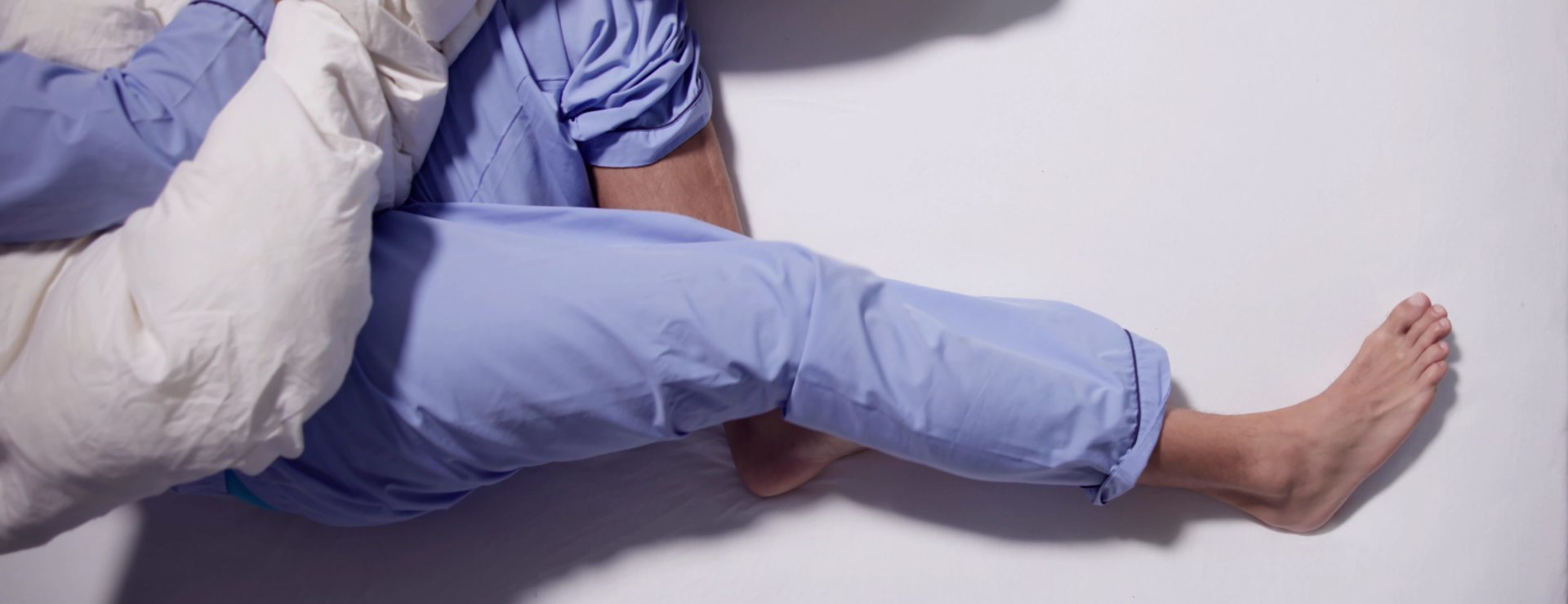Restless Legs Syndrome and Periodic Limb Movement Disorder
Blog Health News 2nd July 2024 Enquiries & appointments
If you’re legs, or arms, twitch and jump through the night when you’re sitting still or sleeping, you could be experiencing Periodic Limb Movement Disorder or Restless Leg Syndrome.
Periodic Limb Movement Disorder is the repetitive movements of the arms, legs, or both, while you’re a sleep. Restless Leg Syndrome is the irresistible urge to move, with sensations in the arms, legs, or both, when sitting still or lying down.
Approximately 15% of adults experience Restless Leg Syndrome, however only 2-3% have considerable symptoms that negatively impact their lives.
Who is at risk?
If you have a sedentary lifestyle, smoke, are obese, and middle-aged or older, you are more at risk of developing Restless Leg Syndrome or Periodic Limb Movement Disorder. It is unknown what causes either disorder, but around a third of people with Restless Legs Syndrome have a family member with similar symptoms.
Both Restless Leg Syndrome and Periodic Limb Movement Disorder are more likely to develop if you stop taking drugs including benzodiazepines such as diazepam, take stimulants, or certain anti-depressants.
People with iron deficiency or anaemia, diabetes, a chronic kidney or liver disorder, and neurological disorders such as multiple sclerosis or Parkinson disease are also more likely to experience these disorders.
Women who are pregnant or experiencing perimenopause also experience the random movements. And Periodic Limb Movement Disorder is more common in people with Narcolepsy or Rapid Eye Movement (REM) sleep behaviour disorder.
What are the symptoms?
If your legs or arms twitch and jerk repeatedly for 20-40 seconds while you’re sleeping, you could be suffering from Periodic Limb Movement Disorder. Your partner might complain of being kicked in bed, and although you’re unaware of the twitching, you could wake up frequently, sleep poorly, and feel sleepy during the day.
Different to movements while you’re asleep, Restless Leg Syndrome happens while you’re awake, giving you an irresistible urge to move your legs while you’re sitting or lying down. It can give you burning, creeping, or tugging sensations, like an insect in crawling over your legs. It can make it difficult to rest, or get good sleep, and can intensify during a stressful period.
How is it treated?
Both Restless Leg Syndrome and Periodic Limb Movement Disorder can be treated with a combination or lifestyle changes and medication.
Lifestyle changes could include, improving sleep, increasing iron levels, eliminating caffeine and alcohol, and finding ways to manage your stress levels.
Medication solutions could include anti-seizure medication, Parkinson’s medication, opioids, anti-depressants, and melatonin.
Each person will need a different combination of lifestyle and medication solutions, depending on the severity of their symptoms, and tolerance to different medications. It’s important to work with a sleep specialist who can monitor your symptoms, as not everybody will react the same way to the trialed medications.
What do I do next?
Speak to your GP about your symptoms for a referral to a sleep specialist. Alternatively, book and appointment with our sleep specialist Dr Sandip Banerjee to understand what could be happening, discover the root cause, and find a treatment that helps you get your life back.
Article produced by:
KIMS Hospital & Sevenoaks Medical Centre